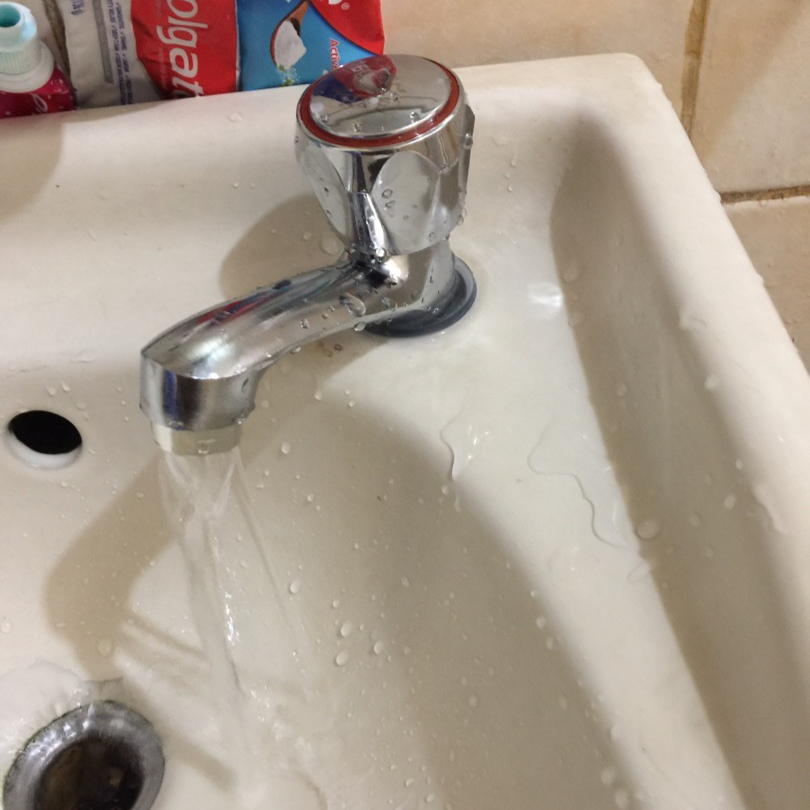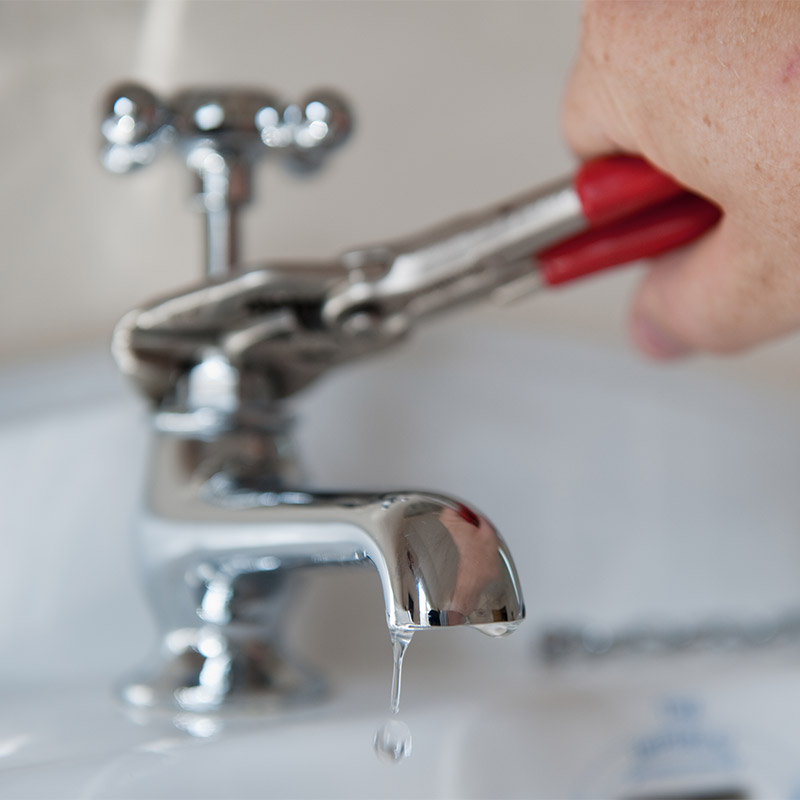Learning the Significance of Correcting a Faulty Faucet
Learning the Significance of Correcting a Faulty Faucet
Blog Article
We've noticed this post pertaining to What Causes Leaky Faucets & How To Fix Them directly below on the web and concluded it made good sense to talk about it with you on this page.

Dripping taps might feel like a small inconvenience, however their influence goes beyond simply the inconvenience of the audio. From drainage to incurring unnecessary financial costs and health and wellness threats, ignoring a trickling tap can bring about numerous effects. In this write-up, we'll delve into why it's important to address this typical household concern quickly and properly.
Waste of Water
Ecological Effect
Trickling taps add substantially to water wastefulness. According to the Environmental Protection Agency (EPA), a solitary tap trickling at one drip per second can squander greater than 3,000 gallons of water annually. This not just strains water sources but likewise influences environments and wild animals dependent on them.
Financial Expenses
Raised Water Bills
Beyond the ecological influence, dripping faucets can pump up water bills considerably. The collected waste in time translates into greater energy expenses, which might have been stayed clear of with prompt fixings.
Prospective Property Damages
Moreover, extended trickling can cause harm to fixtures and surfaces bordering the tap. Water accumulation can trigger discoloration, rust, and even architectural issues if left unattended, causing added repair work expenses.
Health and wellness Issues
Mold And Mildew and Mold Development
The continuous visibility of dampness from a trickling tap produces an excellent environment for mold and mildew growth. These fungi not just jeopardize indoor air top quality however likewise pose wellness dangers, particularly for people with respiratory problems or allergies.
Waterborne Conditions
Stationary water in trickling taps can come to be a breeding place for germs and other pathogens, increasing the danger of waterborne diseases. Pollutants such as Legionella germs flourish in stationary water, potentially resulting in significant health problems when ingested or breathed in.
DIY vs. Expert Fixing
Benefits and drawbacks of DIY Repair
While some may try to take care of a leaking faucet themselves, do it yourself repairs come with their own set of challenges. Without proper knowledge and devices, do it yourself efforts can worsen the concern or bring about incomplete repair work, lengthening the problem.
Advantages of Hiring a Professional Plumber
Employing a specialist plumber makes sure that the underlying source of the leaking tap is addressed successfully. Plumbings possess the expertise and equipment to diagnose and fix faucet concerns effectively, conserving time and reducing the danger of more damage.
Step-by-Step Overview to Repairing a Dripping Tap
Tools Needed
Before attempting to fix a leaking faucet, gather the needed tools, consisting of a flexible wrench, screwdrivers, substitute parts (such as washers or cartridges), and plumber's tape.
Typical Tap Issues and Their Solutions
Recognize the kind of faucet and the particular issue triggering the drip. Typical problems include worn-out washers, rusty valve seats, or defective O-rings. Refer to maker instructions or online tutorials for detailed advice on repair work.
Preventive Measures
Regular Upkeep Tips
To prevent trickling faucets, perform routine maintenance such as cleaning aerators, examining for leaks, and changing worn-out components without delay. In addition, consider setting up water-saving gadgets or upgrading to a lot more effective components.
Value of Prompt Repair Works
Attending to leaking faucets as soon as they're observed prevents more water waste and potential damage, ultimately conserving both water and cash in the future.
Impact on Property Value
Perception of Well-Maintained Building
Preserving a residential or commercial property in good condition, including resolving upkeep concerns like trickling faucets, boosts its viewed value and desirability among potential customers or renters.
Influence on Resale Value
Residences with well-kept plumbing fixtures, including taps, command greater resale worths in the real estate market. Dealing with leaking faucets can add to a positive impression throughout home evaluations and arrangements.
Ecological Duty
Private Payment to Conservation
Taking duty for repairing trickling taps lines up with broader initiatives towards water conservation and environmental sustainability. Every person's actions collectively make a significant influence on protecting precious sources.
Lasting Living Practices
By focusing on punctual repair work and taking on water-saving behaviors, individuals contribute to lasting living practices that profit both existing and future generations.
Verdict
Dealing with a leaking tap exceeds plain benefit; it's an important step towards preserving water, reducing monetary prices, and protecting health and wellness and residential property. Whether through do it yourself repairs or expert help, acting to take care of trickling taps is a tiny yet impactful way to promote responsible stewardship of resources and add to a much healthier, extra sustainable future.
How to Fix a Dripping or Leaky Faucet
A leaking faucet is one of the most common problems that homeowners encounter, but it being commonplace doesn’t make it any less annoying. The constant drip drip drip of a leaking bathtub faucet, showerhead, or sink tap can disturb your home’s serenity. Left neglected, a dripping faucet can also result in higher water bills and discoloration or mold growth in your sink or plumbing fixtures.
Fortunately, you don’t have to be a trained plumber to know how to stop a dripping faucet. With some basic tools, replacement parts, and a little patience, leaky faucet repair is a breeze. In this article, we’ll explain what causes dripping faucets and how you can fix them.
What Causes a Leaking Faucet?
Kitchen and bathroom faucets come in all manner of designs, but most involve some combination of valves, O-rings, seals, and washers. The O-ring is usually the weakest link, but any one of these pieces can wear down over time. Heat, moisture, temperature fluctuations, minerals, mold, and movement can contribute to warping and corrosion, breaking the watertight seal. This just comes with the territory of being a homeowner. Everything is always subject to wear and tear, and some component parts of your appliances and fixtures need to be replaced on occasion. At least replacement O-rings are cheap!
More rarely, dripping faucets can be a symptom of excessively high water pressure. Were this the case in your home, you would probably notice that the leak is not isolated to one faucet. Water pressure issues are harder to resolve on your own. We recommend contacting a professional plumber if you suspect your water pressure is too high.
How to Fix a Dripping Faucet
Pipe wrench or monkey wrench Allen wrench set Screwdrivers Old towel or rag Shut off the water.
Before you do anything, you need to turn off the water to keep from drenching your kitchen or bathroom. You should find a valve under the sink and against the wall. Once you’ve turned this valve, try turning the faucet on to confirm that the water source has been cut off.
If you can’t locate your local valve for the faucet you’re working on, you can always shut off the water to the house at the main valve. Of course, this will prohibit anyone from using the sinks, showers, or toilets while you’re working on the faucet that’s giving you trouble.
Plug or block the drain.
You’ll be disassembling the faucet and removing some small bits of hardware. Plug the drain with a stopper or rag to avoid the possibility of a small screw falling into your P-trap.
Take apart the faucet assembly.
There are several varieties of kitchen and bathroom faucets, each with its own manner of assembly. For detailed instructions on how to disassemble your faucet, you can refer to the fixture’s manual or contact the manufacturer. If you know whether you have a ball, disc, cartridge, or compression faucet, you can find detailed schematics online.
In general, you need to begin by removing the faucet handles. You might notice a small screw that you’ll need to remove with a screwdriver or Allen wrench. If you don’t see any visible securing hardware, it’s likely hidden under a decorative cap that can be unscrewed or popped off with flathead screwdriver.
Remove each piece methodically, consulting a schematic when necessary. Take notes or arrange the pieces in such a way to make it easier to correctly reassemble the faucet later.
Remove the cartridge.
Once you’ve removed the handles and securing hardware, you should be able to remove the valve cartridge or stem. Some cartridges will slide right out. Other faucet models will require you to loosen a nut with a pipe wrench before you can remove the valve stem.
Examine the exposed hardware.
With the cartridge or stem removed, inspect the component parts. Check the rubber O-rings for wear and tear. Also examine the seat washer for corrosion or other damage. These pieces are usually the responsible parties for a dripping faucet, but it’s worth inspecting the other component parts while you have the faucet disassembled.
Find replacement parts.
Once you’ve identified which faucet component has failed, find an identical replacement. Your local hardware store should have O-rings, seat washers, and other standard components in stock. If you have a luxury or uncommon faucet, you may have to contact the manufacturer for a replacement part.
It’s a good idea to take your old parts with you to the hardware store so you can compare them with the store’s inventory and be sure you’re purchasing the correct replacement.
Reassemble the faucet.
With your new parts in hand, reconstruct the faucet and handles. Don’t be tempted to overtighten screws or nuts. You might think this could create a better seal, but it can instead damage or bend a delicate part of the assembly and create a new problem for you.
Turn on the water and test the faucet.
The only thing left to do is test your work. Unplug the sink, turn the water back on, and try the faucet. Congratulate yourself on a job well done!
https://www.libertyhomeguard.com/how-to-fix-a-dripping-or-leaky-faucet/

I have been very occupied with Should I Repair or Replace a Leaky Faucet? and I hope you enjoyed reading my page. Sharing is caring. You never know, you might be doing someone a favor. We love reading our article about 4 Common Reasons for a Leaky Faucet.
Report this page